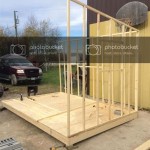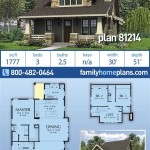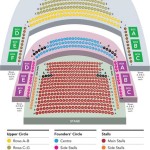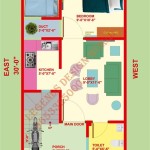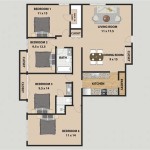Essential Aspects of House Plans For Small Retirement Homes
Planning a retirement home is a significant undertaking that requires careful consideration of various factors. If you're looking for a cozy and functional space for your golden years, investing in well-designed house plans for small retirement homes is crucial. Here are some essential aspects to keep in mind when creating plans for your dream retirement abode:
Accessibility and Safety
As we age, accessibility and safety become paramount concerns. Ensure your house plans prioritize accessibility features such as wide doorways, ramps, and grab bars in bathrooms. Non-slip flooring and well-lit pathways can help prevent accidents, providing peace of mind and a comfortable living environment.
Adaptability and Flexibility
Your retirement home should be adaptable to your changing needs as you age. Consider plans that allow for future modifications, such as adding wheelchair ramps or converting rooms into assisted living spaces. Flexible floor plans that can accommodate different furniture arrangements and assistive devices will ensure your home grows with you.
Universal Design Principles
Incorporate universal design principles into your house plans to create a space that is accessible and comfortable for people of all abilities. This means designing features like adjustable countertops, lever-style door handles, and open floor plans that facilitate easy movement and eliminate barriers.
Energy Efficiency and Sustainability
Energy efficiency is essential for keeping utility costs down and reducing your environmental impact. Opt for plans that incorporate energy-saving features such as proper insulation, high-efficiency appliances, and renewable energy sources like solar panels. This will ensure a comfortable and sustainable living environment for years to come.
Outdoor Living Spaces
Outdoor living spaces provide a great way to enjoy the outdoors and enhance your quality of life. Include plans for a deck, patio, or garden in your house plans. These spaces can be used for relaxation, gardening, or entertaining, creating a seamless connection between your home and the natural surroundings.
Low-Maintenance Features
Retirement is a time to relax and enjoy life, not spend countless hours on home maintenance. Choose house plans that incorporate low-maintenance materials and features. This could include durable siding, energy-efficient windows, and landscaping that requires minimal upkeep.
Future Considerations and Financial Planning
When planning your retirement home, think about your future needs and financial situation. Consider the cost of construction, ongoing maintenance, and potential modifications as you age. It's important to create a plan that fits within your budget and ensures financial security for the years ahead.
By carefully considering these essential aspects, you can create house plans for a small retirement home that will provide comfort, convenience, and peace of mind for your golden years. Remember to consult with professionals such as architects, builders, and financial advisors to ensure your plans are comprehensive and meet your specific needs and aspirations.

Small One Story 2 Bedroom Retirement House Plans Houseplans Blog Com

Small One Story 2 Bedroom Retirement House Plans Houseplans Blog Com

Empty Nester House Plans Retirement The Designers

Small One Story 2 Bedroom Retirement House Plans Houseplans Blog Com

Traditional Style With 2 Bed Bath Car Garage Small House Floor Plans Retirement

Small One Story 2 Bedroom Retirement House Plans Houseplans Blog Com

Luxury Retirement Communities For Active S And 55 Seniors Property Montecito New House Plans Dream Small

Craftsman Cottage Style Retirement Home Plan

Retirement House Plans

Plan 61439 Craftsman Cottage Style Retirement Home

